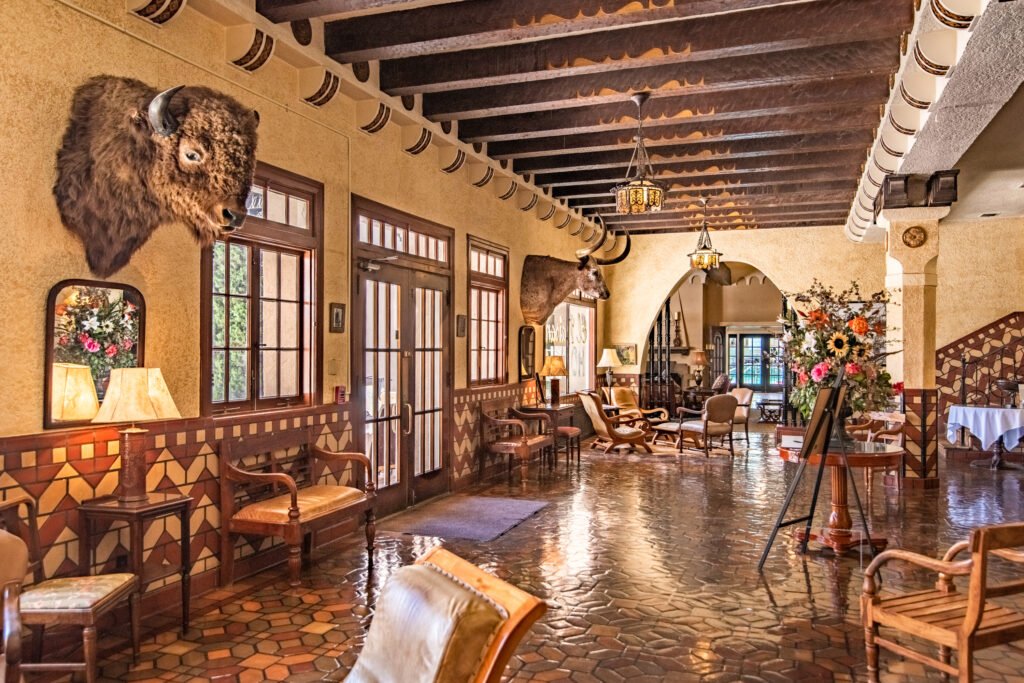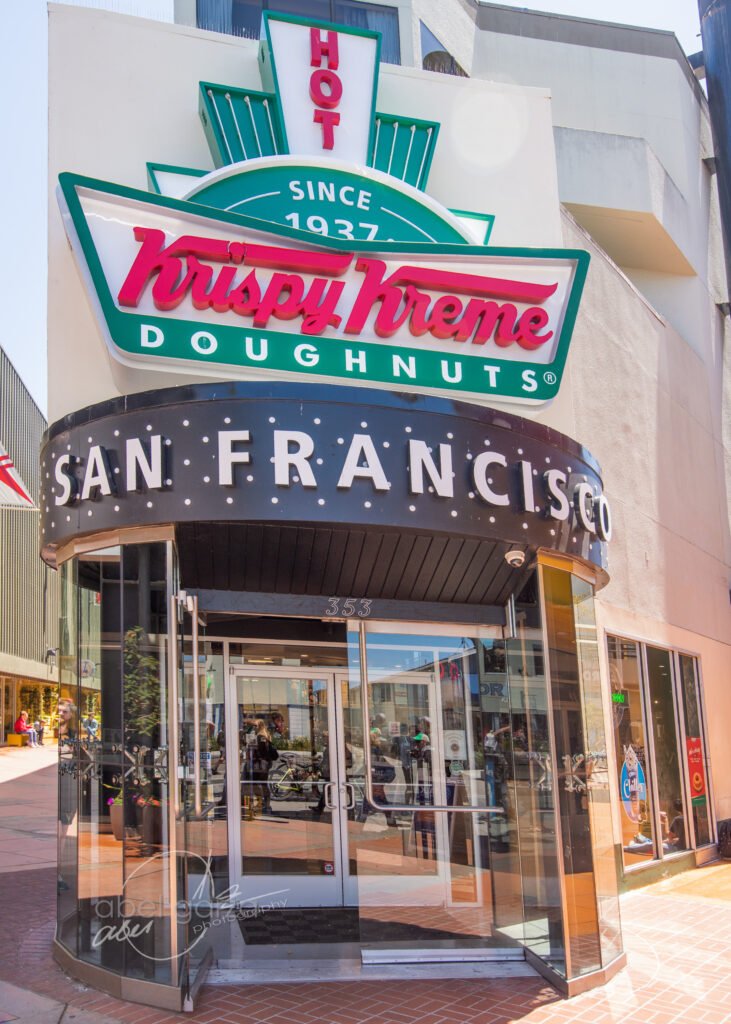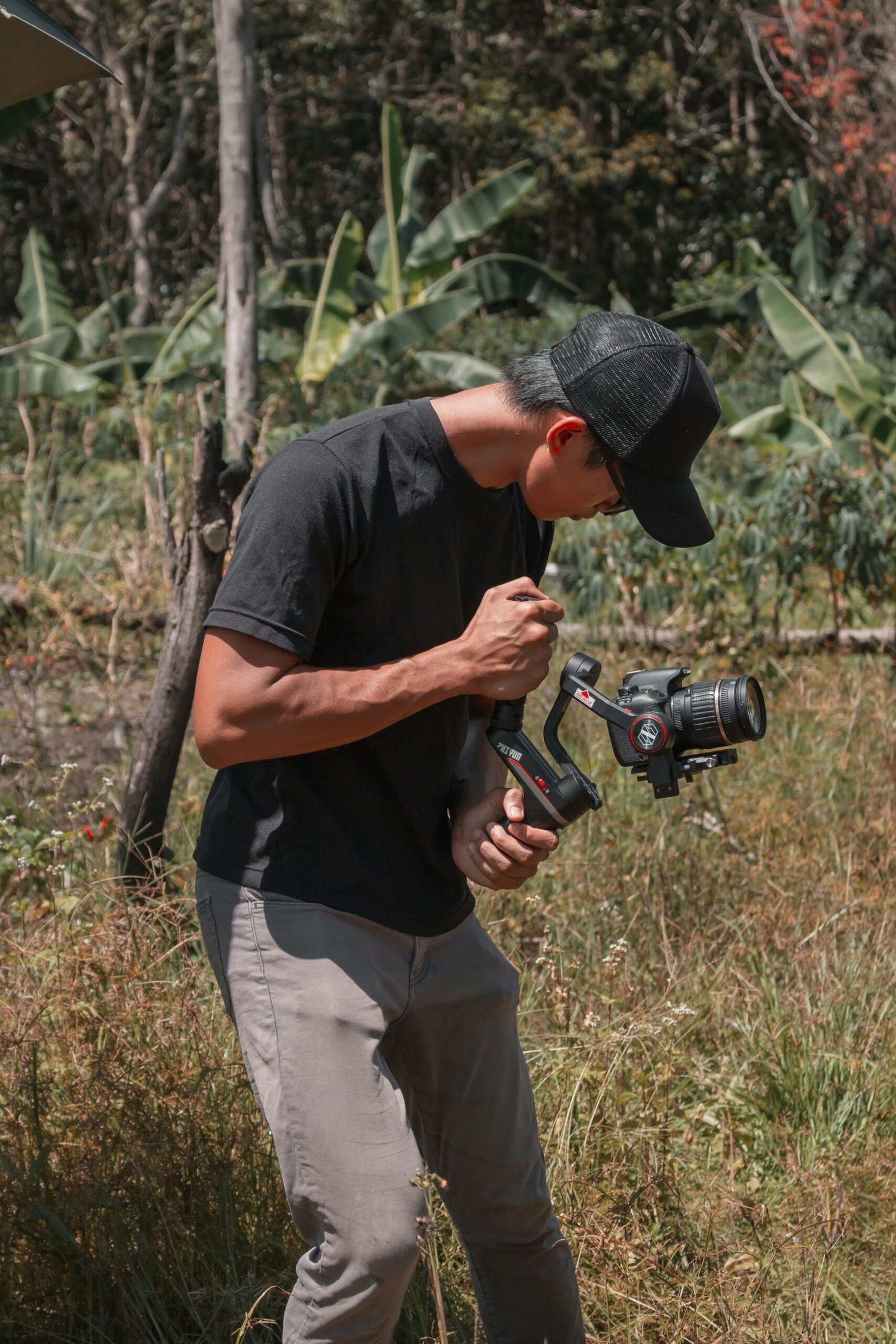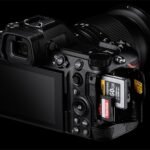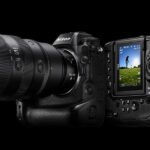11 Street Photography Tips
Have you ever walked through the streets of a bustling city, admiring the beauty of everyday life and wishing you could capture those moments in a photograph? Street photography is a unique and rewarding form of art that allows you to capture candid moments and tell stories through your lens. But where do you start as a beginner? In this complete guide, we’ll take you through everything you need to know to master street photography. From gear and settings to composition and storytelling techniques, this guide will give you the tools to take stunning photos that truly capture the essence of the streets. So grab your camera and let’s hit the pavement!
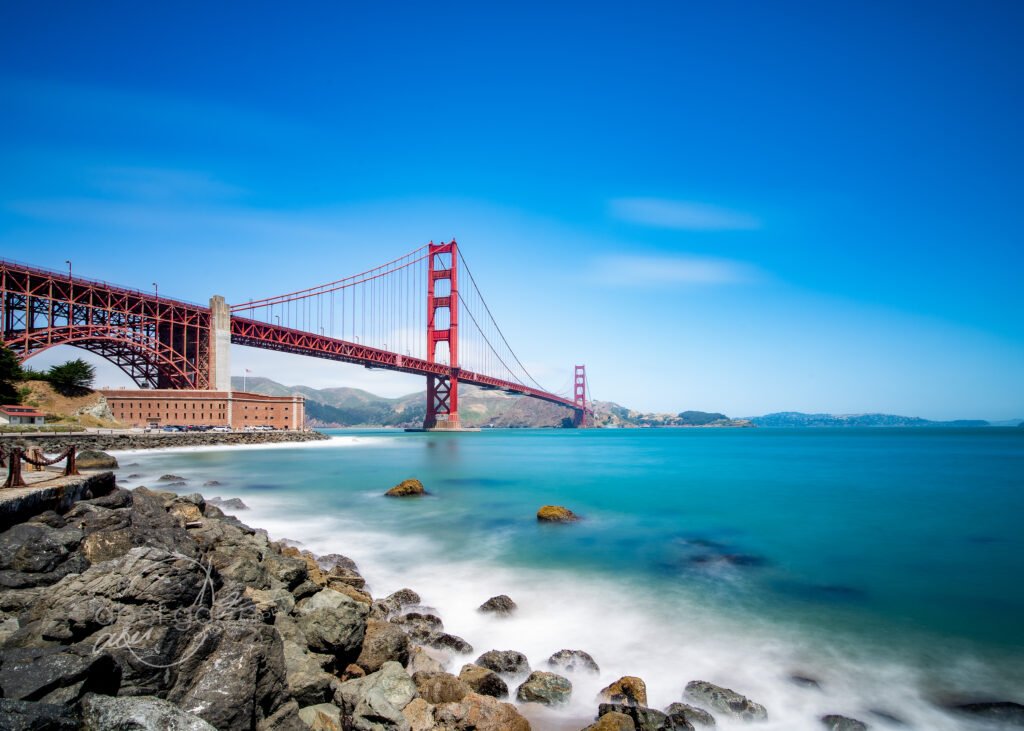
What is Street Photography and Why is it Important for Beginners?
Street photography is a genre of photography that involves candidly capturing everyday life in public places. For beginners, it offers an excellent opportunity to develop their skills as photographers while also exploring and documenting the world around them.
One of the reasons why street photography is so important for beginners is that it allows them to hone their observational skills. To take great street photographs, you need to be able to observe your surroundings carefully, paying attention to things like light, shadow, composition, and subject matter.
Another reason why street photography is so valuable for beginners is that it encourages them to step outside of their comfort zones. Taking photos in public can be intimidating at first but with practice and experience, you’ll get more comfortable approaching strangers or taking shots in busy locations.
Ultimately, by practicing street photography regularly as a beginner photographer, you will not only improve your technical skills but also gain new perspectives on the world around you through your lens.
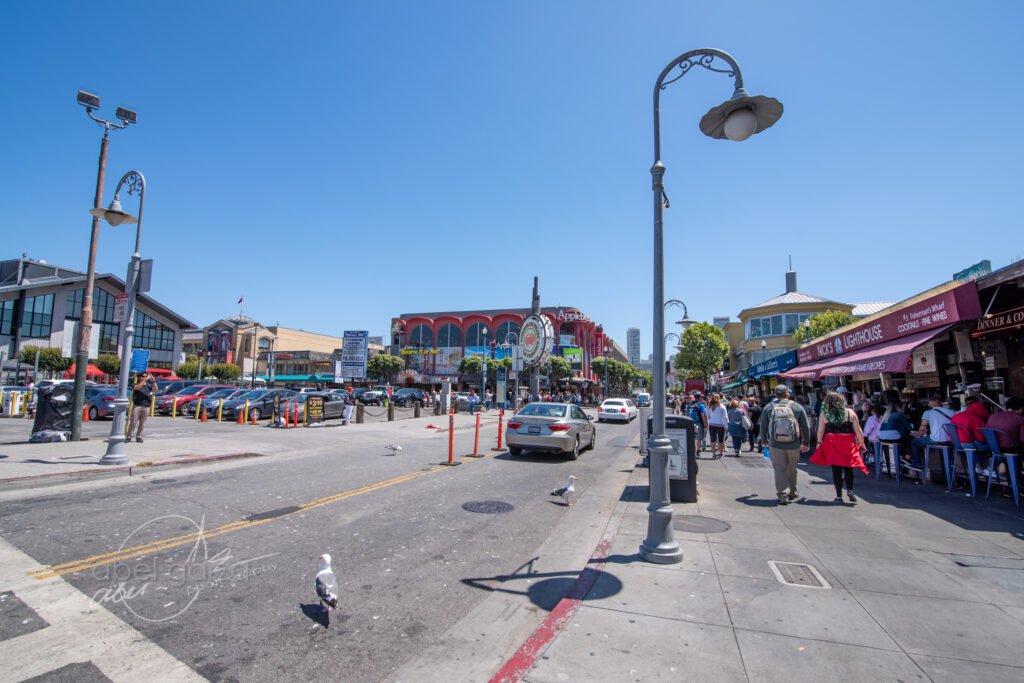
Essential Equipment for Street Photography: A Comprehensive Guide
Street photography requires minimal equipment, but having the right gear can make a big difference in the quality of your shots. The camera is obviously the most important piece of equipment, and for street photography, a compact and lightweight camera is ideal. Mirrorless cameras are a popular choice because they offer high-quality images without the bulk of a DSLR. Lens choice is also crucial, and a fast prime lens with a wide aperture (such as f/1.8 or f/2) is recommended for low-light situations and for creating shallow depth of field. Other essential accessories include extra batteries, memory cards, and a camera bag or backpack for carrying your gear while on the go. It’s important to strike a balance between having enough equipment to capture great shots and not being weighed down by too much gear.
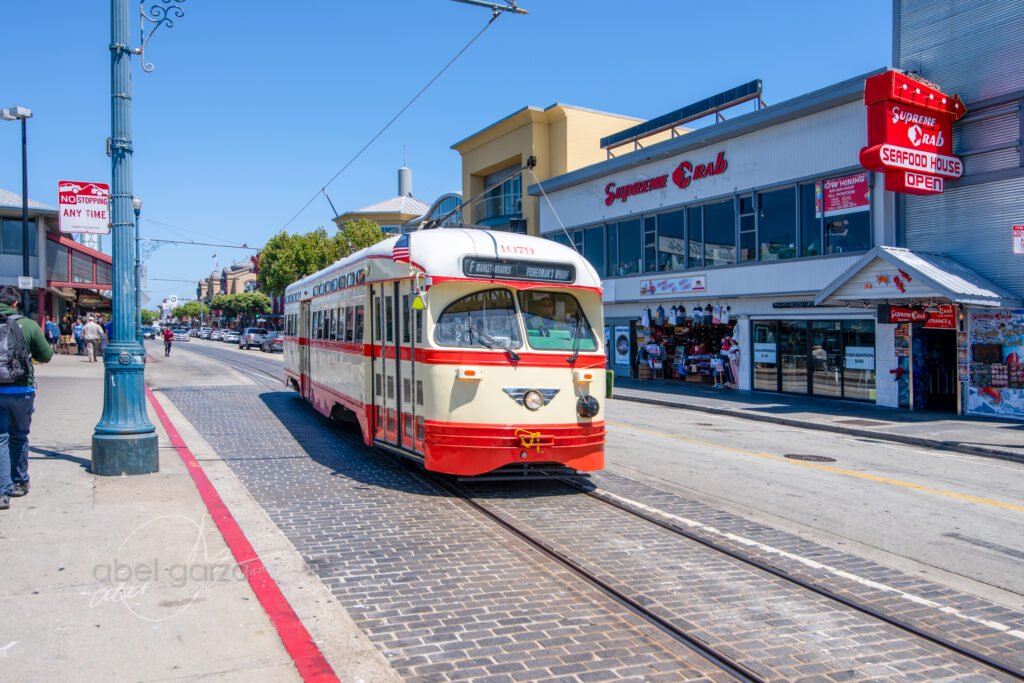
Mastering Composition in Street Photography: Tips and Techniques
Composition is key to capturing visually stunning street photography. A strong composition can evoke emotion, create a mood, or tell a story. As a beginner, it’s important to understand the basics of composition and how to apply them to your work.
One fundamental rule of composition is the “rule of thirds,” which involves dividing your frame into thirds both horizontally and vertically, aligning points of interest along these lines or at their intersections. This creates an aesthetically pleasing balance between negative space and subject matter.
Another technique is framing – using elements within the scene like doorways or windows to physically frame your subject for added depth and visual impact. Additionally, leading lines – such as streets or building edges- can draw viewers’ eyes directly toward your main focal point.
Ultimately, the mastering composition takes time and practice but understanding these principles will help take your street photography from amateur snapshots to polished works of art.
The Art of Capturing Emotion in Street Photography
Capturing Emotion in Street Photography is a crucial aspect of the art form. The key to capturing emotion is to be patient and observant. Pay attention to body language and facial expressions. Look for moments that convey a story or evoke a feeling. Candid shots often capture the most authentic emotions, but it’s important to be respectful and not invade someone’s privacy. Sometimes, asking for permission can result in a more powerful image as the subject may open up to you. Experiment with different angles and perspectives to add depth and interest to your shots. Don’t be afraid to take risks and try new things. Remember, emotion can be found in both happy and sad moments, so keep an open mind and let your intuition guide you.

How to Approach Strangers for Street Photography: A Beginner’s Guide
Approaching strangers for street photography can be intimidating, especially for beginners. However, it is an essential skill to master if you want to capture candid and authentic moments on the streets. Before approaching someone, assess the situation and ensure that you are not invading their personal space or making them uncomfortable. It’s important to consider cultural differences and abide by local laws as well.
When approaching a stranger, be polite and introduce yourself first. Explain that you are a street photographer who admires their style/characteristics/moments/etc., and ask if they would mind being photographed. Respect their decision if they decline, but thank them for their time regardless.
Another approach is to simply start taking photos of interesting scenes without people in them, then gradually work your way up to photographing people from a distance before finally asking permission for closer shots.
Remember that building rapport with your subjects takes time; don’t rush the process or expect immediate results. With practice and patience, you’ll become more comfortable approaching strangers for street photography.

Finding the Best Locations for Street Photography: Tips and Tricks
Scout Your Local Area: Tips for Finding Hidden Gems in Street Photography
When it comes to finding the best locations for street photography, your local area can be a goldmine for unique and interesting shots. Utilize Google Maps to explore different neighborhoods and find areas that have a lot of foot traffic or interesting architecture. Look out for alleys or side streets where people might not expect to see a photographer – this can lead to capturing candid moments without drawing attention to yourself. Don’t be afraid to wander off the beaten path and discover hidden gems in your own backyard. With these tips, you’ll never run out of ideas for new and exciting street photography locations right in your own city.

Timing is Key: How to Find the Best Time of Day for Street Photography
To capture the best shots in street photography, timing is crucial. The lighting and activity level of a location can vary greatly depending on the time of day. Early mornings and late afternoons are ideal for capturing soft, warm light and long shadows, while midday can create harsh shadows and overexposure.
Consider the location you plan to shoot in and research when it is busiest or most active. This can vary depending on the type of location, such as a busy city street or a quiet park. Observation is key in finding the best time to shoot at a specific location. Take note of when people are coming and going, when the light hits certain areas, and when interesting events or activities occur.
By being mindful of timing and doing your research, you can increase your chances of capturing stunning street photography shots that truly capture the essence of your chosen location.


The Art of People Watching: Observing Behaviors and Interactions in Urban Settings
Observing behaviors and interactions in urban settings is a crucial aspect of finding the best locations for street photography. People-watching allows you to capture candid moments that showcase the essence of city life. Look for busy areas such as parks, markets, and public transportation hubs where people are more likely to interact with each other. Pay attention to body language and facial expressions to capture emotions and tell a story through your photos. Remember to be respectful and discreet when taking photos of strangers in public spaces. With practice, you’ll develop an eye for spotting interesting interactions and capturing them in your street photography.

Coveys the Culture: Capturing Local Festivals and Celebrations
Capturing local festivals and celebrations is a great way to add cultural context to your street photography. Look for events that showcase the traditions and customs of the community you are in. These events can provide a wealth of photographic opportunities, from colorful costumes and decorations to lively crowds and performers. To capture the essence of the event, try to blend in with the crowd and capture candid moments that convey the energy and emotion of the celebration. Don’t be afraid to experiment with different angles and perspectives, such as shooting from above or below, to add visual interest to your photos.

Editing Your Street Photography: From Raw to Finished Product
Once you have captured your street photography shots, it’s time to edit them. Editing is a crucial step in the process of creating a finished product that you can be proud of. The first step is to select the best shots from your collection. Look for images that are sharp, well-composed, and tell a story.
Next, use editing software to enhance your images. This can include adjusting exposure, contrast, and saturation levels. You can also crop your images to improve composition or remove distractions.
When editing street photography, it’s important to maintain the authenticity of the scene. Avoid over-editing or adding filters that drastically change the mood or tone of the image.
Finally, save your edited images in high-resolution formats so they can be printed or shared online without losing quality. Consider creating a consistent style or theme for your street photography portfolio.
Remember, editing is a personal process and there are no hard and fast rules. Experiment with different techniques and find what works best for you and your style of street photography.
Sharing Your Work and Building a Community as a Street Photographer
Sharing your work with others is an important aspect of street photography, and there are many platforms available to showcase your talent. Social media is a great way to start, as it allows you to connect with like-minded individuals and receive feedback on your work. Consider creating a dedicated Instagram account or joining Facebook groups for street photographers.
Another option is to participate in photo contests or submit your work to online magazines and websites that feature street photography. This can provide exposure for your work and potentially lead to collaborations or paid opportunities.
Networking with other photographers through workshops or meetups can also help build a community around your craft. Don’t be afraid to reach out and make connections – the more people you know in the industry, the more opportunities may arise.
Remember that building a following takes time and effort, but by consistently sharing quality content and engaging with others in the community, you can grow both as a photographer and as part of the broader world of street photography.
Congratulations, you’ve made it to the end of our complete guide to street photography for beginners! By now, you should have a solid understanding of what street photography is and why it’s important. You should also be equipped with the essential knowledge needed to take stunning photos in any environment. Remember that practice makes perfect, so get out there and start shooting! Don’t forget to experiment with different techniques and settings, because that’s how you’ll discover your unique style as a photographer. Lastly, don’t be afraid to share your work with others and build a community around this amazing art form. Happy shooting!



